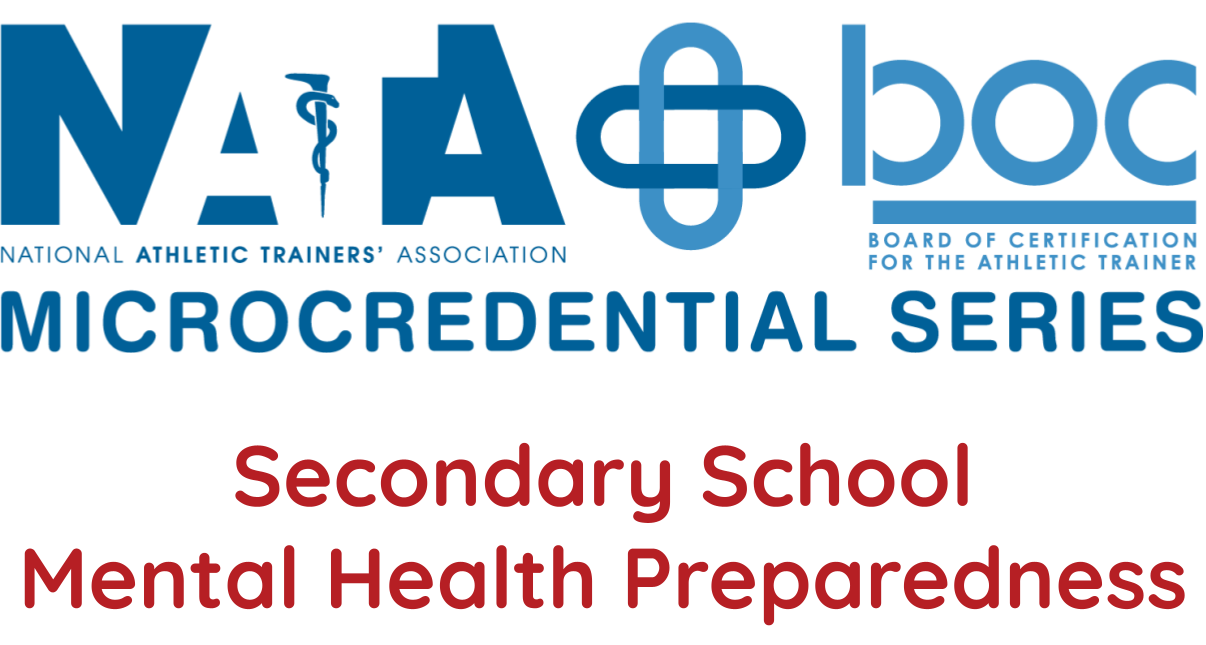
Managing Ankle Sprains to Prevent Diabetes: A Pathway to Quantify AT Value?
-
Register
- Non-member - $31.25
- Member - Free!
- Student - Free!
- Staff - Free!
- Certified Student - Free!
- Retired - $18.75
This presentation is a replay from COPA Con 2023, providing another opportunity to access its valuable content and insights.
Abstract:
Bone stress injuries sustained during basic military training correlate with a fivefold increase in long-term health system utilization. Injuries carry the potential for lasting impacts on personal health, well-being and decisions about daily activity. As athletic trainers vie for pay increases, expanded staff or both, they frequently pose the question, “How do I demonstrate my worth?” The work by Fisher et al (2021) in which implementing athletic training within basic training significantly reduced attrition and, at $50,000 per trainee, demonstrated considerable savings. Equating those savings to other settings may be as simple as looking at the attrition in your own athletic programs and defining interventions to mitigate losses. Previous injury is a common risk factor in both reinjury and sustainment of new injuries. Injuries drive individuals to make decisions about continuing in sport; they potentially lead to long-term consequences, such as osteoarthritis; and can carry implications on maintaining an active lifestyle, which could lead to systemic health consequences. Outcomes from athletic trainers’ rehabilitative efforts, as well as prevention programs, should be captured to track our culminative results. Athletic trainers’ value must be marketed to stakeholders, enlightening them to the risks and, more so, of the impact athletic trainers have in mitigating those risks. The outcomes in timeframes of decades long outweigh the short-term decisions about game participation. This session outlines the data that exists and discusses the data that can be collected locally to influence the perceived valuation of athletic trainers in the secondary school setting.
Learning Objectives:
- Interpret current research on the effect of sports injury on long-term patient outcomes.
- Identify methods of data collection within their practices to begin generating useful outcomes data.
- Design plans for outreach programs to educate stakeholders on the impact of athletic trainers.
Level:
Essential
Domain(s):
Domain 1: Risk Reduction Wellness and Health Literacy
Domain 5: Health Care Administration and Professional Responsibility
CEUs:
1.25 Category A
Keywords: AT value, patient outcomes, data, outreach, mitigate risk
Enhanced Access On-Demand Course Expiration:
This course will expire on December 31 at 11:59 p.m. CST and will be removed from your account if not completed.
For full details, refer to the expiration policy on our FAQ page.
Reid Anthony Fisher, EdD, ATC, LAT
Having spent the first 25 years of his life shying away from public speaking, Dr. Fisher was thrown into a classroom and directed to teach. He found the process intriguing. After completing a doctoral degree in learning theory and program evaluation, the prospect of engaging students became quite exciting. Since then, Dr. Fisher has lead cadaver labs at Northeastern University, taught adventure education to middle schoolers at St. Andrews-Sewanee School and most recently, assisted with athletic training and rehabilitation sciences education at University of Incarnate Word in San Antonio, Tx.
Joseph Hernandez, MEd, ATC, LAT
Joseph Hernandez, MEd, ATC, LAT was the Head Athletic Trainer for New Braunfels ISD from 2016-2024. During that time he oversaw the expansion and increase in AT services to all secondary school athletes and updated patient care and communication through technology and communication. Joseph also created and implemented policies that modernized and streamlined documentation, and he expanded athlete access to qualified healthcare while simultaneously increasing staff enrichment and job satisfaction.
Joseph focuses on ensuring athletes have access to evidence-based medical care in a timely manner, emphasizing the importance of a cooperative and diligent team effort to overcome obstacles that hinder an active and healthy lifestyle. He also believes that established professionals have a responsibility to mentor the next generation of professionals.

